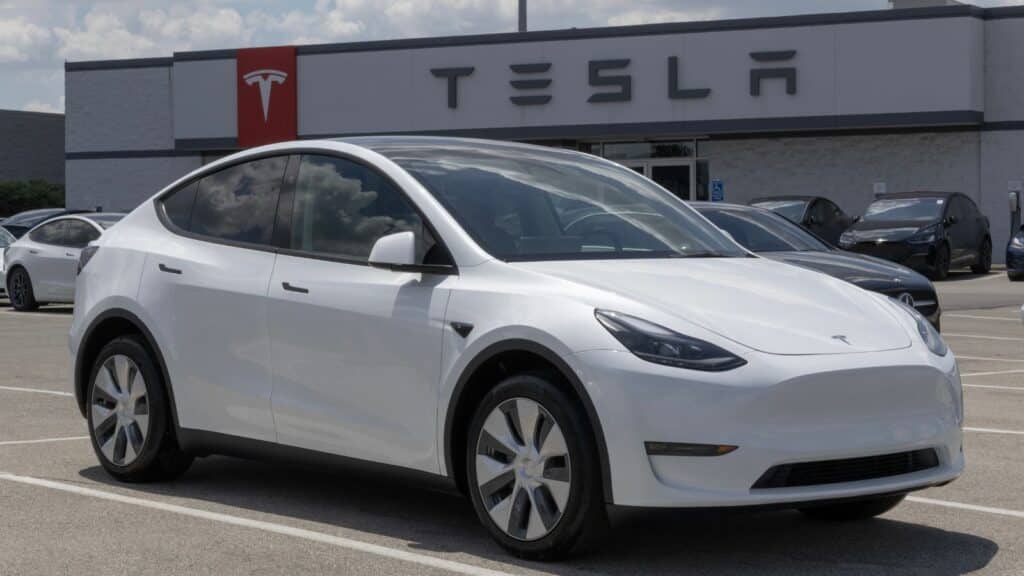With prices still climbing, many Americans are rethinking how they spend. Even small increases in groceries, utilities, and services have forced people to cut back on non-essentials and focus on value. The shift is changing what fills shopping carts and how households prioritize their budgets. Here are ten things people are buying less of as costs continue to rise.
Restaurant Meals

Eating out has become one of the first luxuries to go. Rising menu prices and added fees make restaurant meals far more expensive than cooking at home. Many families are saving by limiting dining out to special occasions or opting for takeout only once in a while.
💸 Take Back Control of Your Finances in 2025 💸
Get Instant Access to our free mini course
5 DAYS TO A BETTER BUDGET
Name-Brand Groceries

Store-brand products are gaining popularity as shoppers look for ways to save at the register. The quality difference has narrowed in recent years, and many people now choose generic versions of pantry staples, snacks, and cleaning supplies to stretch their grocery budget further.
New Cars

With high interest rates and record car prices, fewer people are buying new vehicles. Many are holding onto their current cars longer or choosing used models instead. Repair shops are busier than ever as drivers invest in maintenance instead of replacements.
Streaming Subscriptions

As streaming services continue to raise prices, households are cutting back. Instead of paying for several platforms at once, more people are rotating subscriptions or using ad-supported plans. The once endless list of entertainment options is now getting trimmed down to essentials.
Clothing and Accessories

Clothing sales have slowed as shoppers focus on practical purchases instead of trendy pieces. People are shopping their closets, buying secondhand, or waiting for seasonal sales. Quality and longevity matter more than quantity right now.
Home Decor and Furniture

Big-ticket home purchases have taken a back seat as budgets tighten. Instead of full makeovers, people are refreshing spaces with small updates or DIY projects. Reusing, repurposing, and buying secondhand have become popular ways to save.
Specialty Coffees and Snacks

Those daily coffee runs and convenience store snacks are being swapped for homemade options. Making coffee at home or packing snacks for work has become a simple way to cut everyday costs. It is a small change that adds up quickly.
Subscription Boxes

Subscription boxes for beauty, food, and hobbies are among the first expenses to go when money gets tight. While fun, they often include items people do not truly need. Many are pausing memberships until prices stabilize or switching to one-time purchases instead.
Tech Upgrades

Consumers are holding onto phones, laptops, and tablets longer instead of upgrading every year. New models offer only minor improvements, making it easier to skip the upgrade cycle. Repairing or buying refurbished devices has become the smarter choice.
Travel and Vacations

Rising airfare, hotel costs, and gas prices have made travel less affordable. Many people are opting for shorter trips, road travel, or staycations to save. Experiences still matter, but how people travel is becoming more budget-conscious.
Adjusting to a New Normal

As inflation continues to influence spending, Americans are getting more intentional about their purchases. The focus has shifted from convenience and indulgence to practicality and value. These small changes reflect a broader trend of making every dollar count in 2025.
This article first appeared on Cents + Purpose.



